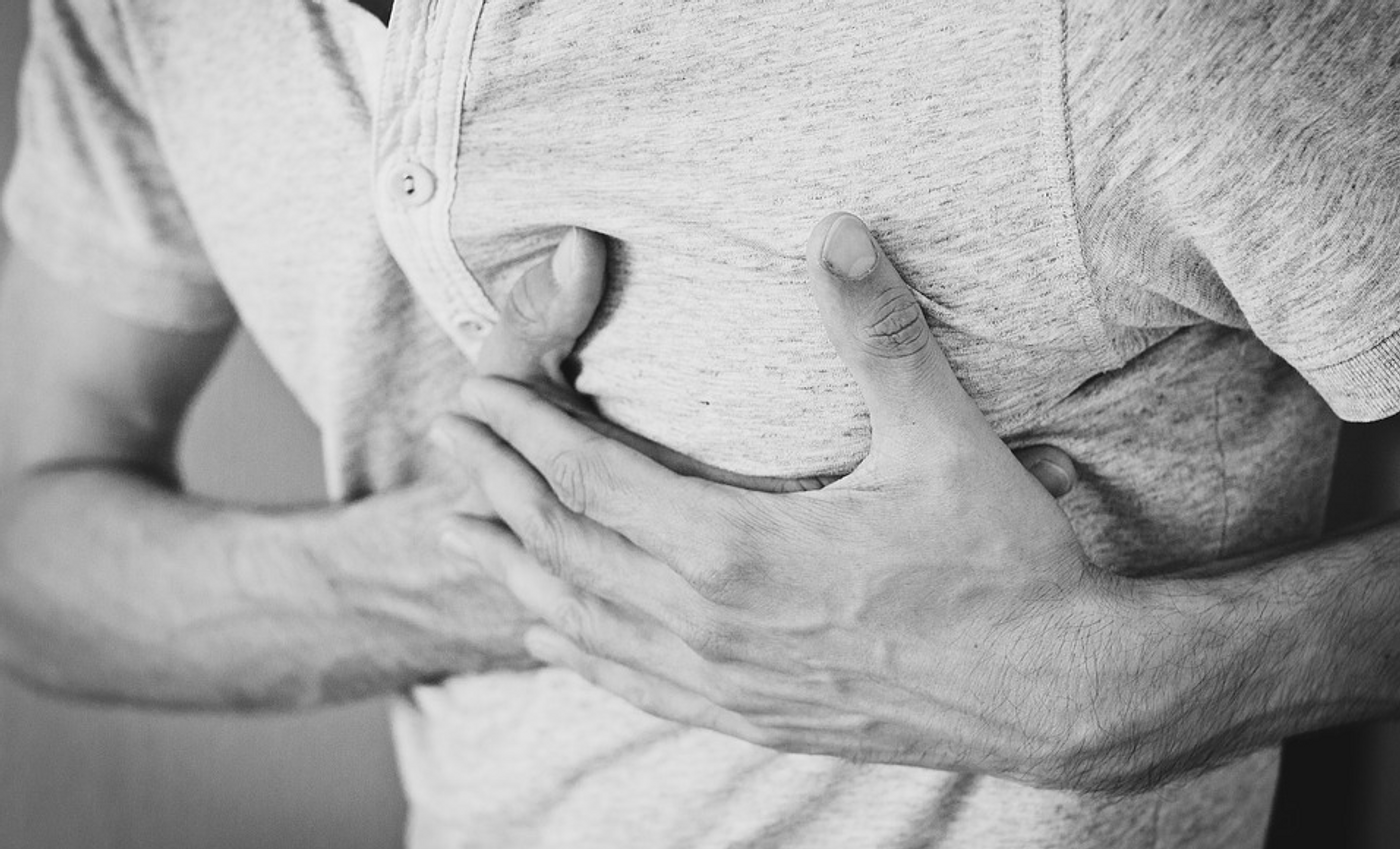Understanding Why Some People Get Arrhythmia After a Heart Attack
Some people develop heart arrhythmia after a heart attack, and researchers at the University of California San Diego have learned why that happens. They found that some people carry genetic mutations that interfere with a cellular pathway, leading to this abnormal heart rhythm. The scientists have also found a way to develop a treatment for the problem. The work has been reported in Nature Biomedical Engineering.
"We now know one reason why a significant fraction of the public could develop secondary complications post heart attack, like an arrhythmia," said Adam Engler, a bioengineering professor at the UC San Diego Jacobs School of Engineering. "We have identified the adverse reactions that cause this comorbidity in certain patients and can begin to develop drugs to treat and prevent it."
The gene mutations that can predispose a person to arrhythmia are located in a part of the genome referred to as the 9p21 locus. This area does not code for protein, and while it had been connected to heart problems, it was not known why. Around 23 percent of the population carries mutations there.
In this work, the researchers grew stem cells on dishes that contained a hydrogel. That enabled them to mimic the characteristic stiffness of normal heart tissue. Some stem cells that were grown carried mutations in the 9p21 locus. The researchers were able to vary the degree of stiffness in the gel and increase it to parallel what would occur after a heart attack.
The team was able to assess how the heart cells responded to the stress of the stiffening. In mutant cells, abnormal beating started; their electrical connections had been disrupted. But cells without mutations could still beat normally. In the video, heart cells carrying mutations in the 9p21 locus can be seen responding to the stress caused by a heart attack. The cells beat in unison when they are healthy. After the tissue stiffens (like in a heart attack), the cells lose their rhythm.
"It's remarkable that stiffening by itself was a sufficient stress to cause the changes that we saw in the cells with mutations," said Engler.
The research team found that mutations are impacting a cellular cascade called the JNK pathway. After a heart attack, normal heart cells can control JNK while mutated cells cannot. JNK has downstream targets that end up breaking the electrical connections between heart cells; then they beat erratically.
"The hydrogel was the enabling technology here," said the first author of the work Aditya Kumar, a bioengineering graduate student in Engler's lab. "We can change its stiffness dynamically to better model the stress that's happening in vivo. If we put the cells on a substrate with static stiffness, they don't exhibit any adverse phenotypes."
The researchers were also able to prevent the arrhythmia by blocking JNK with a molecule called SP600125. However, the molecule has not yet been tested as a therapeutic, and it may have side effects. Future studies will explore how JNK inhibitors could be applied as a therapy. The team also has to confirm this work in human tissue.
"In the future, we envision that cardiac patients could have their genomes sequenced and if they have the 9p21 mutations, they could be given a drug based on this inhibitor so they are better off in the event of a heart attack and won't develop arrhythmia," said Engler.
Sources: AAAS/Eurekalert! Via University of California San Diego, Nature Biomedical Engineering









